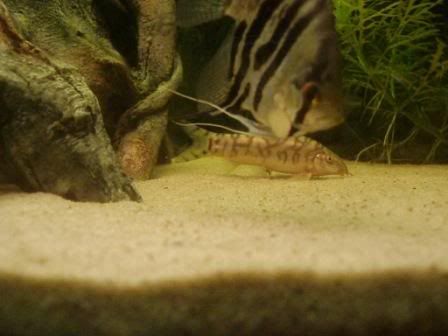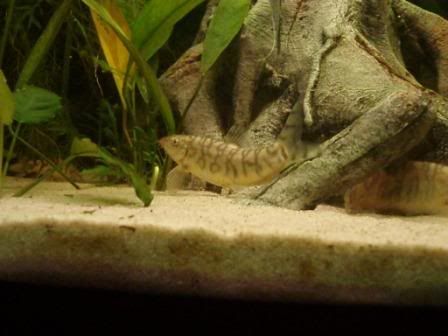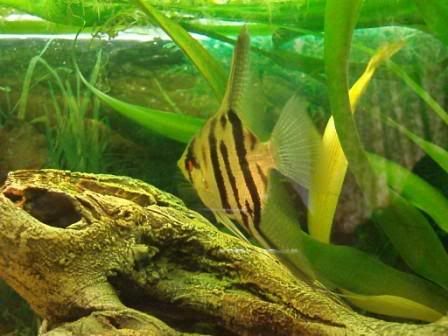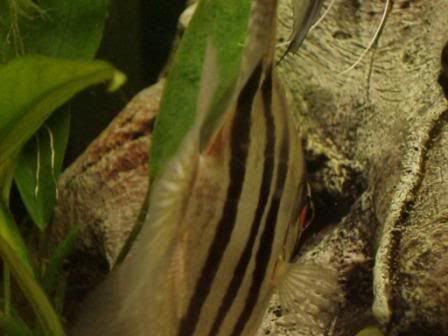After lots of trawling the internet and LOL archives and advice from members of LOL I came up with this dosage rate:
0.27ml of 7.5% levimasole solution to 1 imperial gallon.
I then received this from Emma:
So with our calculations being very close I settled for 0.3ml / Imp gallon. I received mixed advice about treatment periods etc and decided to go with advice received from Mikev and leave a 5 day period between treatments.Emma Turner wrote: 1ml of Levamisole hydrochloride liquid at 7.5% solution will contain 75mg of active ingredient. Thus to obtain 200mg per 40 litres, you will need to use 2.66ml of Levamisole at 7.5%. This coverts down to 0.3ml per UK gallon.
So this is what I did:
Day one - add 9.4ml of levimasole to a bucket of tank water and add that to the tank, I also left all lights out on the tank.
Day Two - carried out a 50% water change
Day Three - 4 long thread like worms were removed from tank while feeding (can only describe as see-through tubifex worms). A difference in the Sidthimunki's stomach size after eating was already visible.
Day Eight - again 9.4ml of Levimasole added to bucket of tank water and added back to tank, again tank lights left off.
Day Nine - carried out a 50% water change
I was going to carry out another treatment 5 days later but decided not to on this occasion as the treatment seems to have worked with great results. I can happily say that I now have 9 very fat and healthy looking Sithimunki's and one that is no longer a skinny as he was and catching up with the others. It has been quite astonishing how fast they seem to have gained weight after the treatment.
I am sorry for the long and drawn out post but I hope someone else can benefit from this post to help them when using Levimasole, I would also like to thank all the members who gave advice about using Levimasole.


 Resistance is futile. You will be assimilated.
Resistance is futile. You will be assimilated.



 [/img]
[/img]